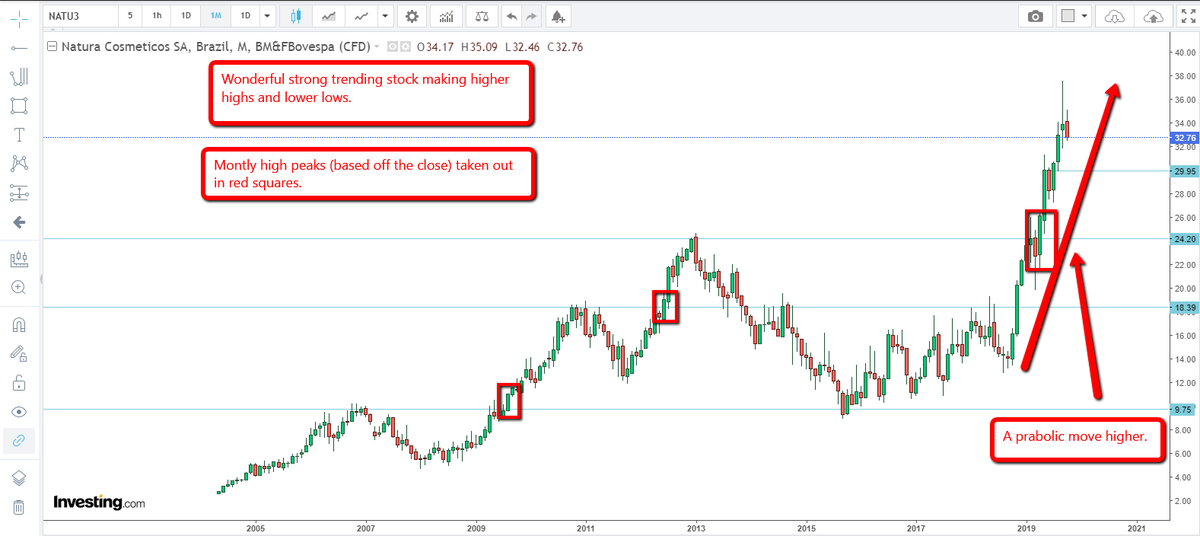So, I did some analysis on the social identity dynamics wrapped up in 2019’s “Stop Adani Convoy” & it has just come out in Energy Research & Social Science.
You can read the piece here: authors.elsevier.com/a/1airj7tZ6Zqx…
And for a walk through the study please read on ⬇️
This means we are working in an already polarised and challenging space...

🔴Activists, Greens (&/or “Greenies”), conservationists, elites
🟢 Everyday workers, regional Queenslanders, proud mining communities
2⃣ Regional (versus city)
3⃣ Mine workers (versus elites and non-hard workers)
Now this is not to say these chacterisations reflect the reality or intent of the Convoy participants. It reflects how they were characterised in the conflict.
A new ‘us and them’ (but not a ‘we’).

















